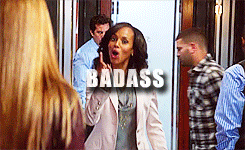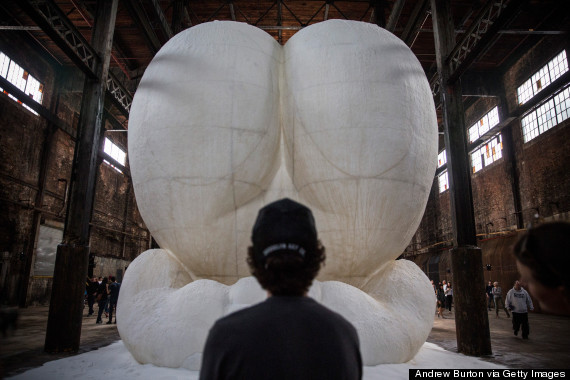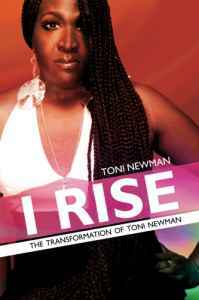
Last weekend I went on cable to talk about media diversity, including how both legacy media and startups, for- and non-profit, were living in a post-racial America that doesn’t exist — meaning, not hiring people of color and not caring if they get called out about it. Writer and former editor Rebecca Carroll recently wrote a goodbye-letter to journalism in the New Republic, titled, “I’m a Black Journalist. I’m Quitting Because I’m Tired of Newsroom Racism.” So am I, but I choose very consciously to keep producing — although now I am a professor as well as a reporter. I consider Rebecca a friend and respect her decision. I’ve tried to leave the field more …
Last weekend I went on cable to talk about media diversity, including how both legacy media and startups, for- and non-profit, were living in a post-racial America that doesn’t exist — meaning, not hiring people of color and not caring if they get called out about it. Writer and former editor Rebecca Carroll recently wrote a goodbye-letter to journalism in the New Republic, titled, “I’m a Black Journalist. I’m Quitting Because I’m Tired of Newsroom Racism.”
So am I, but I choose very consciously to keep producing — although now I am a professor as well as a reporter. I consider Rebecca a friend and respect her decision. I’ve tried to leave the field more than once, to be honest. But during a recent series of speeches I gave on the future of news in various cities, to engaged multi-generational audiences who care about this country, I had a deep moment of connection with exactly why I’m still doing the work.
- Despite my complaints, I’m happier reporting than not. Seeing America and the world, and getting a chance to report on it, can be unstable career-wise and maddening inter-personally. But it’s also an astounding privilege.
- Racial politics of the newsroom and the world of funding (if you do independent media, as I do now) are not and probably never will be fair. But there’s a difference between “not fair” and “not workable.” In the same way I trained myself to learn HTML in the ’90s; video editing in the naughts; and audio editing in the teens, I can teach myself to be a better businesswoman and fundraiser. Which brings me to the fact that…
- Knowing your “workstyle” is critical — meaning the place where your work and your lifestyle connect. For me, I crave a certain amount of structure, so that I can be coached and critiqued (both in my academic life and my journalistic life); and a freedom to explore new topics. Plus:
- I want the freedom to fail. Some things I’ve done in my 25 years of journalism have been wildly successful. My first book, Don’t Believe the Hype, went into eight printings and launched my TV career. I’m now working on a 20th anniversary edition, not to re-create past glory but to evolve the conversation on race. Which means:
- I seek to keep stretching myself creatively; building new bases of knowledge; and seeking new allies.
On bad days, I could easily question my career sanity. (Remember that definition of doing the same thing over and over — i.e., journalism — and expecting a different outcome — i.e., parity, equality?) But on good days, I realize that I have changed my expectations. I am no less idealistic than I was when I started working full-time at Newsweek just before my 20th birthday. But I am also now a 45-year-old realist.
I know that as with race writ large, race in the newsroom will not change overnight. In fact, it may get worse before it gets better. But that knowledge in and of itself allows me to forge on. In the era of Ferguson and immigration reform, I’d rather bear witness to our tense post-post-racial era than sit out the great debates of our time. What we journalists do, at the best and worst of times, is bear witness and share stories. When I travel and meet people face-to-face, I’m reminded of why the work is not only critical, but joyful as well.
This article:
Standing Your Ground in Journalism, Even When Diversity Isn’t Valued


































